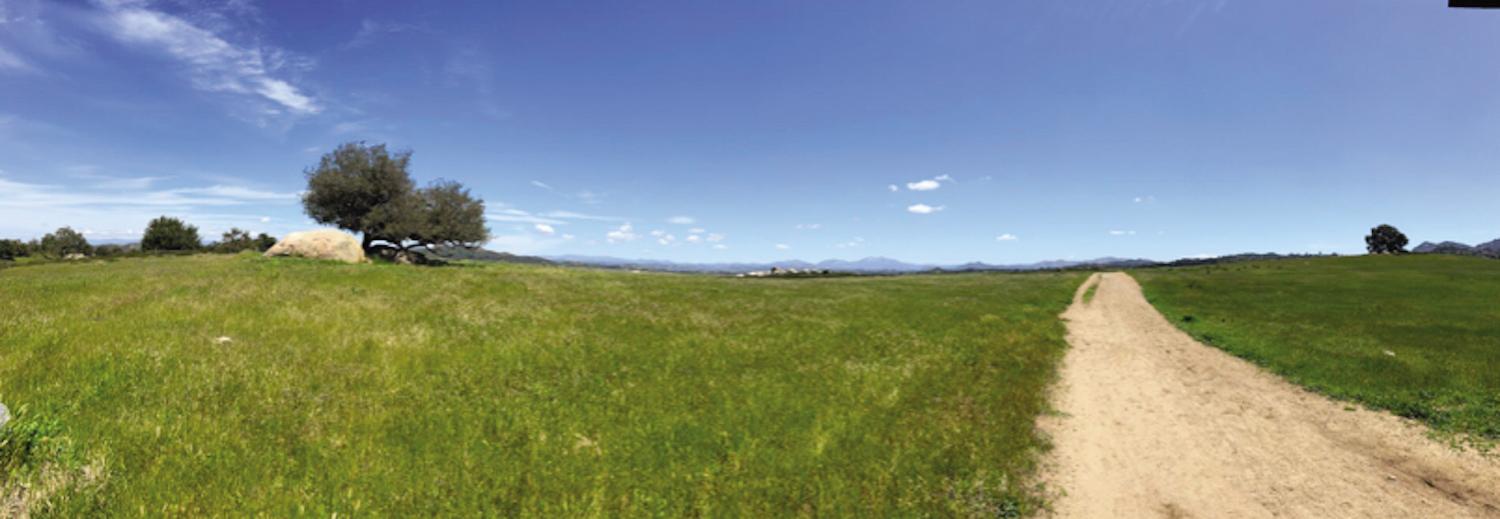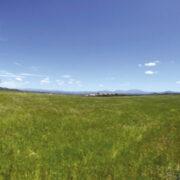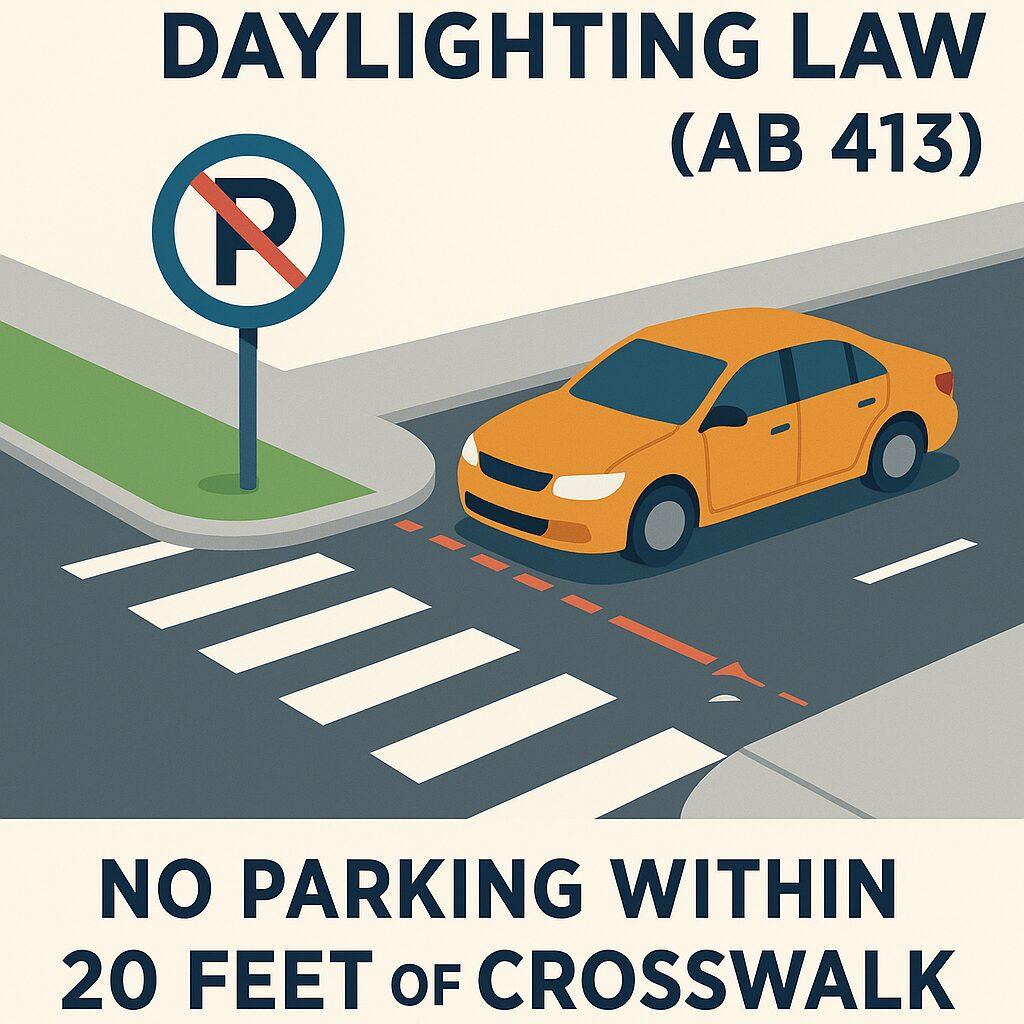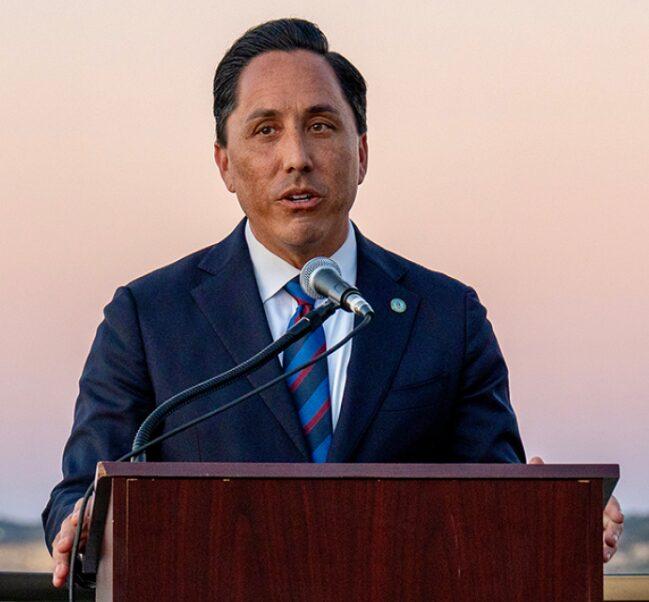
THE county’s recommended budget for next fiscal year was released Thursday, May 2 and it shows what the county is doing to maintain and improve our quality of life while also helping those who need it most.
The budget includes funding to help those experiencing homelessness and behavioral health and substance use disorders. It does more to help people and families with housing, nutrition, health, financial and other needs.
The county put additional funding into affordable housing, roads, justice reform, public safety and environmental sustainability. The budget retains funding for core services like fire protection, libraries and parks.
Overall, the recommended budget for 2024-25 totals $8.48 billion, an increase of $317.7 million or 3.9% over the 2023-24 adopted budget, with an emphasis on investments in key priorities while sustaining core services and efficiently managing the growth of staffing.
The plan calls for roughly 72 new positions, a 0.4% increase.
Nearly 3.3 million people live in the county and the budget touches everyone in some way. Regionally, the county provides food and restaurant inspections, beach and bay water testing, elections, social services, health programs, foster care, adult protective services and more.
In addition, the county provides city-type services for those who live outside of the region’s 18 cities, the unincorporated area. It is so large that if it were a city, by population, it would be the second largest in the region. There, the county supplies police and fire protection and maintains parks, libraries and roads.
Almost half of the funding comes from federal and state governments, but that money must be used on certain programs. The rest comes from property taxes, fees for services and other sources.
The budget reflects the county’s values: integrity, equity, access, belonging, excellence and sustainability. It maintains current services and funds new ones, using data and community input gathered throughout the year and considering equity for vulnerable populations.
You can learn more about the recommended budget by reviewing an executive summary (https://www.sandiegocounty.gov/content/sdc/openbudget/en/budget-summary.html) or the full recommended budget plan (https://www.sandiegocounty.gov/content/dam/sdc/auditor/pdf/caoplan_24-26.pdf).
You can give your feedback in person and online. An in-person community budget meeting is scheduled for 5:30 p.m. on Thursday, May 23 at the County Operations Center. A virtual community meeting will take place at 6 p.m. on Wednesday, May 29. Visit our open budget page at https://www.sandiegocounty.gov/content/sdc/openbudget/en/home.html for more information.
You can also give your feedback and let us know how you prefer to receive updates on the budget process by leaving comments at Engage San Diego County now through June 13.
You can watch, listen and participate in budget presentations, hearings, deliberations and adoption at upcoming Board of Supervisors meetings. Visit the Clerk of the Board’s website (https://www.sandiegocounty.gov/content/sdc/cob.html) or call 619-531-5434 to get additional details about hearings and request translation services.
Budget presentations take place before the Board at 10 a.m. on Tuesday, May 14 and 10 a.m. on Thursday, May 16. Public hearings are 9 a.m. on Tuesday, June 4 and 5:30 p.m. on June 6. Budget deliberations and adoption are scheduled for Tuesday, June 25. The adopted budget takes effect July 1.
Investment priorities in the recommended budget include:
- A) Infrastructure: Roads, libraries, parks and other community enhancements.
- $132.9 million total to provide new facilities and maintain existing ones to allow employees to continue providing excellent customer service.
- $480.8 million total for Public Works/Roads which builds and maintains roads and manages the region’s sanitation and flood control districts.
– $40.5 million increase for a total of $189 million for road safety including traffic signals, curb ramps, pedestrian crossings, guardrails and new sidewalks and bike lanes.
– $4.7 million to prevent storm flooding by keeping culverts, channels, levees and storm drains safe and clean.
– $4.5 million increase for a total of $65.5 million to maintain 2,000 miles of unincorporated roadways.
- $75.8 million total for Parks and Recreation to promote health and wellness, safe communities and civic pride through thousands of programs.
– $33.5 million total to operate 157 park facilities, 58,000 acres of parkland and 389 miles of trails.
– $20.2 million to conserve natural resources, protect habitat and species, and improve environmental conditions in the Tijuana River Valley.
- $66.6 million total for County Library to offer a physical and virtual hub of education, entertainment and culture.
– $22.8 million for a new Casa de Oro Library.
– $12.4 million to curate all library materials, digital and print.
– $569,000 increase to operate 33 branch libraries, 4 electric bookmobiles and 5 automated book kiosks.
- B) Behavioral Health: Mental health and substance use support.
- More than $1.1 billion in total investments for Behavioral Health Services.
– $28 million increase for substance use residential and outpatient services.
– $25 million to expand and support the public behavioral workforce which includes the development of a new training and tuition program.
– $15 million increase to implement Senate Bill 43 for Involuntary Behavioral Health treatment.
– More than $9 million to provide services in the new Tri-City Psychiatric Health Facility in Oceanside.
– $4 million increase for a total of $11.1 million to address the opioid crisis.
– More than $4 million for youth suicide prevention.
- C) Homelessness: Access to shelter, housing and other services to ensure people have a safe place to live.
- $98.7 million total to support people at risk for homelessness, immigrant and refugee communities and other vulnerable groups to promote equity for all in the region.
– $15 million for the Regional Homeless Assistance Program.
– $7.8 million increase to help those experiencing homelessness in the San Diego and Sweetwater riverbeds.
– A second safe parking site is expected to open in summer 2024, expanding emergency housing options for the unincorporated communities.
- D) Housing: Housing opportunities to meet community needs.
- $90.9 million total for Housing and Community Development Services to provide housing resources for vulnerable populations, develop affordable and supportive housing and help achieve self-sufficiency for families.
– $10.6 million in new funding for the Innovative Housing Trust Fund to help build affordable housing.
– $2.4 million increase to boost multifamily rental housing in the unincorporated area.
– $500-a-month rental subsidy continues for nearly 400 older adults who are at risk of homelessness, rent-burdened and in need of financial aid.
- $58 million total for Planning and Development Services to balance community, economic and environmental interests to ensure the highest quality of life for all in the region.
– $30.1 million to facilitate housing by creating affordable housing programs and removing barriers to housing through things like guaranteed plan review times for 100% affordable housing projects.
- E) Support Services: Nutrition, health, financial and other programs to help vulnerable individuals and families.
- $812.2 million for Eligibility/Self-Sufficiency Services to help provide access to food, health care, housing and general relief for people with no other means of support.
- $2 million increase to expand food security through community gardens, nutritional education, meals, food pantries and acceptance of EBT benefits at 18 certified farmers markets.
- Over $200 million for In Home Supportive Services to provide in-home assistance for vulnerable adults.
- A location in National City will serve as the future site of the South County Family Justice Center and offer local crime victims access to trauma recovery services in one place.
- $145 million investment in medical and mental health for incarcerated adults.
- $9 million investment in medical and mental health for youth in institutions.
- $2.2 million increase to help veterans who need long-term support to avoid institutionalization.
- $479 million for Child and Family Well Being to provide family strengthening and prevention services to keep families together, as well as child protection services.
– More than $158 million for families supporting foster and adopted children.
– $2 million increase for child abuse prevention.
– $2 million increase to help youth leaving foster care with transitional housing.
– A new Prevention Hub to help families before they reach a point of crisis, with the ultimate goal of keeping families together.
- $11.3 million for Animal Services, including $1.3 million, three full-time employees and a mobile veterinary clinic for underserved areas in the unincorporated area.
- F) Justice Reform: Transforming the justice system to ensure equity and accountability.
- More than $230 million total investment in Alternatives to Incarceration to reduce jail populations and maintain public safety through prevention, diversion and reentry planning.
– $3.6 million for Community Care Coordination Reentry Support connecting justice-involved people with significant needs with care-based services like housing, mental health and substance use treatment, medical care and employment and education.
– $3.3 million for the Public Defender’s Holistic Services Unit that brings together clinicians, substance abuse assessors and housing navigators to assist clients.
– $2 million for the District Attorney’s Juvenile Diversion Initiative which helps keep youth and teens under 18 years of age out of the juvenile justice system while addressing the root causes of harmful behavior.
- $7 million and 43 full time employees for the Youth Development Academy to house, care and rehabilitate youth in the justice system.
- G) Public Safety: Law enforcement and fire protection.
- More than $2.7 billion in total investments for Public Safety.
– $87.1 million for fire, emergency medical and ambulance services, which includes a $16 million increase for services in the unincorporated area.
– $4 million for the Medical Examiner to address an increased caseload of deaths due to fentanyl overdoses.
– $5 million to start replacing the 50-year-old Ramona Sheriff Substation.
– $400,000 for Ramona Fire Station 80 remodel and fire training tower.
– $500,000 for the Gun Violence Prevention Program.
– 2 full-time employees added to the Economic Crimes Division at the District Attorney’s Office.
– $51 million to improve adult detention facilities.
– $6.3 million for East Mesa Juvenile Detention Facility improvements.
- H) Public Health and Protection: Keeping communities healthy and preventing illness.
- $291.8 million for Public Health Services to prevent epidemics and the spread of disease, encourage healthy behaviors, and assure access for all through Public Health Centers, home visit programs and pharmaceutical services.
– Continued funding to build a new state-of-the-art public health lab that will test for infectious diseases.
– Funding and staff to deploy two new Live Well on Wheels vehicles.
- $55.5 million for Environmental and Health Quality to protect environmental quality, promote environmental awareness and ensure compliance with local, state and federal environmental laws.
– $15.6 million total to inspect restaurants and other food facilities.
– $14.8 million total to regulate 14,000 hazardous material operations to prevent exposure to spills.
– $1.5 million total for testing and reporting beach and bay water quality.
- I) Environmental Sustainability: Protecting the natural environment to preserve it for future generations.
- $18.2 million increase to protect the region’s watershed and for new green infrastructure projects.
- $16 million to preserve land to protect species as part of the Multiple Species Conservation Program.
- $2.5 million total to update the Climate Action.
- $2 million to plant 4,000 new trees on County property to lower greenhouse gases.
- $1.8 million to install new electric vehicle charging stations for the public.
- $1 million for the Zero Carbon Portfolio Plan to reduce carbon emissions in County facilities by 90% by 2030.
Additional Highlights
- $9 million to advance broadband connectivity in the rural areas of the county.
- $4.9 million for the Office of Evaluation, Performance and Analytics to study County data to find patterns and trends that can help leaders improve programs, services and policies.
- $1.3 million for the Office of Labor Standards and Enforcement to work with communities and businesses to improve labor standards, ensure compliance and support for victims of wage theft.
- $500,000 to expand the Social Equity Program to address the disproportionate harm caused by the War on Drugs on communities of color by prioritizing access and equity in the cannabis industry.
- $500,000 to implement the Uplift Boys & Men of Color initiative to connect at-risk youth to wrap-around services, trauma support systems and workforce development opportunities.
(Tracy DeFore/County of San Diego Communications Office) n






